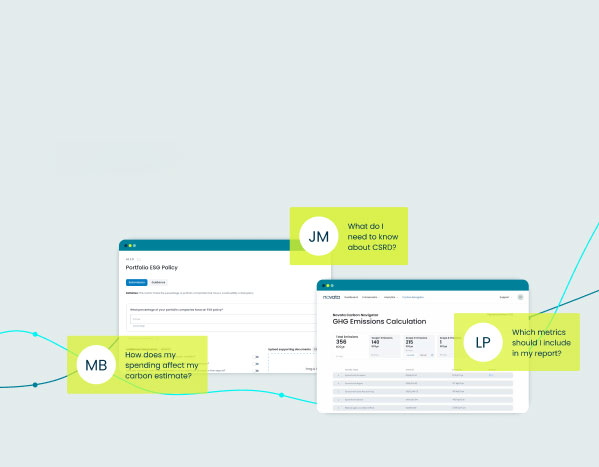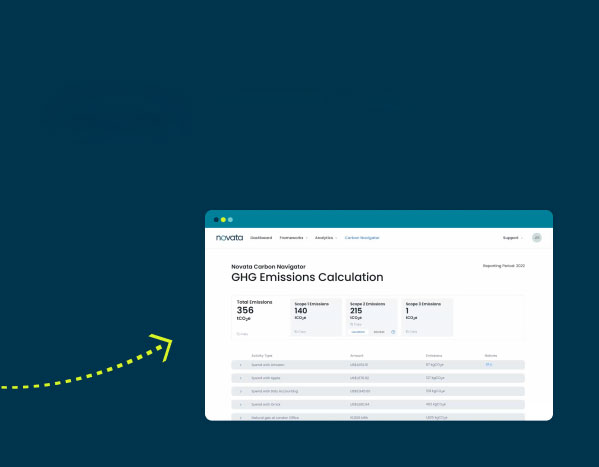Rising demand for ESG data continues to push these environmental, social, and governance criteria to the top of the agenda in private markets. According to Bain, LPs consider ESG additive to investment performance, and 70% say their organization’s investment policies include an ESG approach.
For savvy investors, the benefits of integrating ESG are clear: it enables better risk management and more accurate valuations, helps general partners (GPs) identify opportunities to improve the financial value of portfolio companies, and affects access to capital. Despite this, making the business case for ESG can be challenging for those leading the charge at a private equity firm. To successfully implement a firm-wide strategy, ESG advocates will need to secure leadership buy-in by communicating the benefits within the context of a firm’s needs and priorities.
Novata’s new eBook “How to Build the Business Case for ESG” helps GPs address the challenges of making the case for a sustainability focus at their private equity firm. It explores four considerations for internal stakeholders and provides guiding questions to help frame conversations on the need for ESG integration. Below are four best practices identified in the guide to help build a strong business case for ESG.
1. Demonstrate the financial value to the firm
Effective ESG integration helps investors mitigate risks, cut costs, and drive higher valuation of portfolio companies at exit. The business case should highlight the financial value of integrating ESG, such as the connection between ESG metrics tied to positive social or environmental externalities and higher EBITDA. With LPs willing to walk away from investment opportunities due to ESG concerns, it is also important to showcase how the absence of an ESG focus can negatively affect access to capital and create blind spots in managing investments.
2. Communicate the urgency
Changing regulations around ESG disclosures, such as the Sustainable Finance Disclosure Regulation (SFDR), and rising pressure from LPs are driving the integration of ESG in private markets. Rising demands for ESG data and the need for transparency point to the inevitability of ESG reporting in private markets. It takes time to build an ESG strategy, and communicating the urgency around the need to get started now is critical to making the case for ESG.
3. Address stakeholder concerns
As you build your business case, one important consideration is understanding who your stakeholders are and their key concerns. Internal stakeholders, such as senior managers, investment teams, investor relations teams, and portfolio company leaders, may have reservations about fully integrating ESG. Understanding their concerns will prepare you to address them proactively. Furthermore, connecting ESG practices to what the firm is already doing around risk management and post-transaction support will help improve internal education on the value of integrating ESG.
4. Outline budget needs
As with any new initiative, effectively implementing an ESG strategy across the firm will require resources, including expertise, skills, and tools. Whether you are an individual or part of a team, take some time to identify what resources you and your team will need to successfully implement an ESG plan, as well as any associated costs. Some considerations may be providing upskilling opportunities for in-house teams or investing in a technology solution to help streamline and scale data management processes.
Download Novata’s Free eBook To Learn More
An ESG focus is now imperative for investors looking to maximize their returns. By incorporating relevant data points on how ESG drives stronger performance for portfolio companies, communicating the urgency, and addressing stakeholder concerns, you will be better positioned to get buy-in from internal stakeholders. To learn more about building the business case for ESG, download Novata’s new eBook, “How to Build the Business Case for ESG.”






